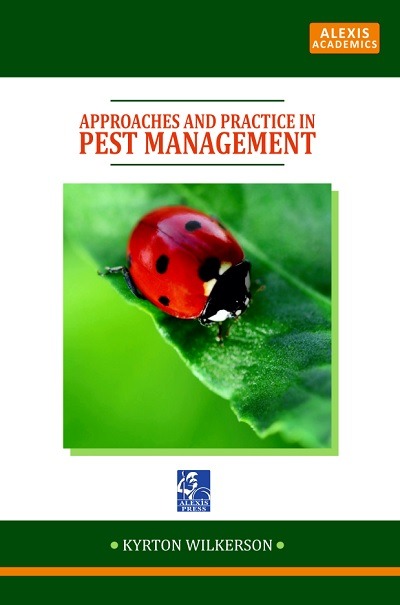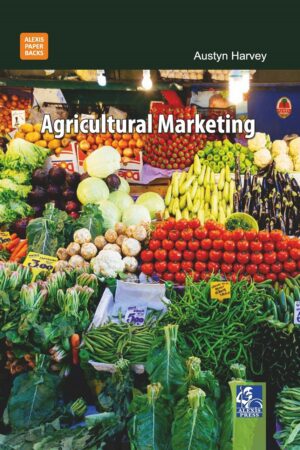Approaches and Practices in Pest Management
Description
Pests are those species that attack some resource we human beings want to protect, and do it successfully enough to become either economically important or just a major annoyance. They are only a tiny fraction of the insect species around us. Even many of the species we would recognize as important pests only occasionally do significant damage to us or our resources. Integrated Pest Management (IPM) is an effective and environmentally sensitive approach to pest management that relies on a combination of common-sense practices. IPM programs use current, comprehensive information on the life cycles of pests and their interaction with the environment. This information, in combination with available pest control methods, is used to manage pest damage by the most economical means, and with the least possible hazard to people, property, and the environment. IPM is an ecosystem-based strategy that focuses on long-term prevention of pests or their damage through a combination of techniques such as biological control, habitat manipulation, modification of cultural practices, and use of resistant varieties. Pesticides are used only after monitoring indicates they are needed according to established guidelines, and treatments are made with the goal of removing only the target organism. Pest control materials are selected and applied in a manner that minimizes risks to human health, beneficial and nontarget organisms, and the environment. Biological control is the use of natural enemies?predators, parasites, pathogens, and competitors?to control pests and their damage. Invertebrates, plant pathogens, nematodes, weeds, and vertebrates have many natural enemies. Effective pest management depends on the accurate identification of the pest. Insects and mites often are associated with specific plants, and they follow certain development and behaviour patterns as the season progresses. This book is an up-to-date and comprehensive reference covering pest management in organic farming in major crops of the world.
Approaches and Practices in Pest Management
Only logged in customers who have purchased this product may leave a review.







Reviews
There are no reviews yet.